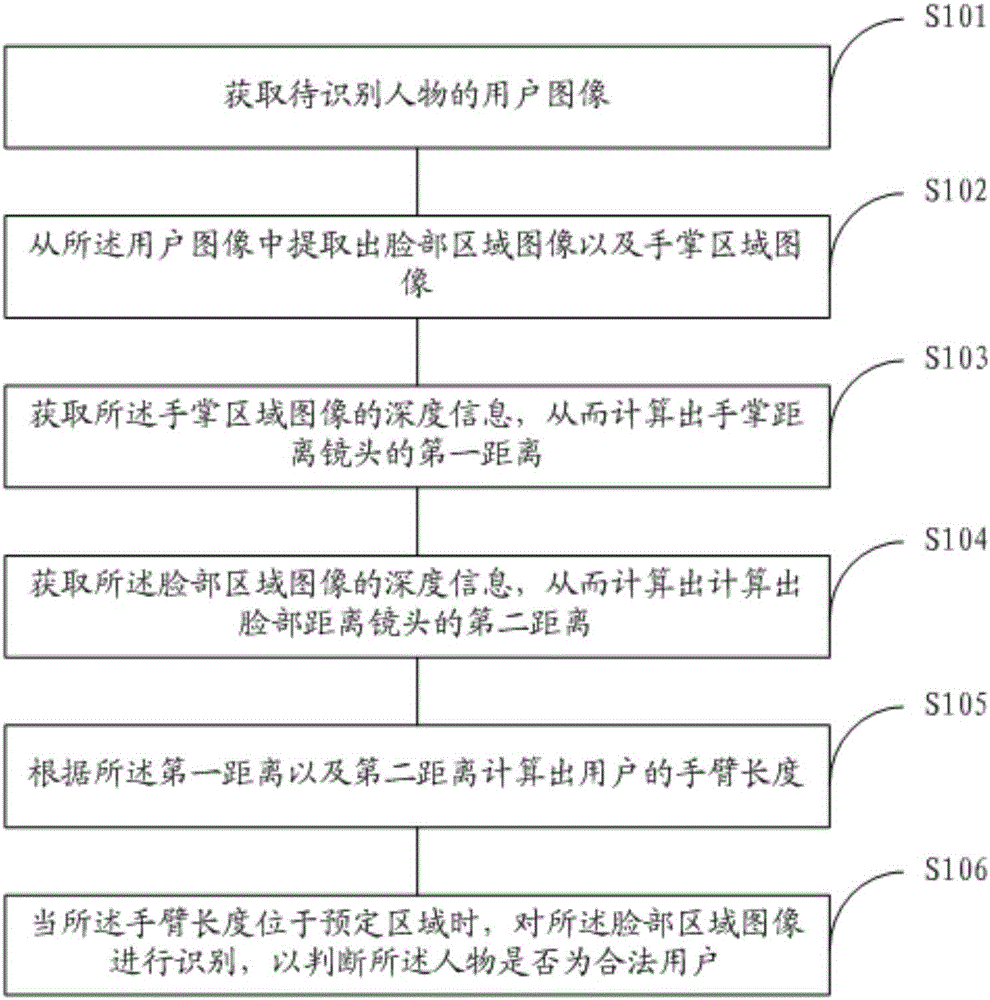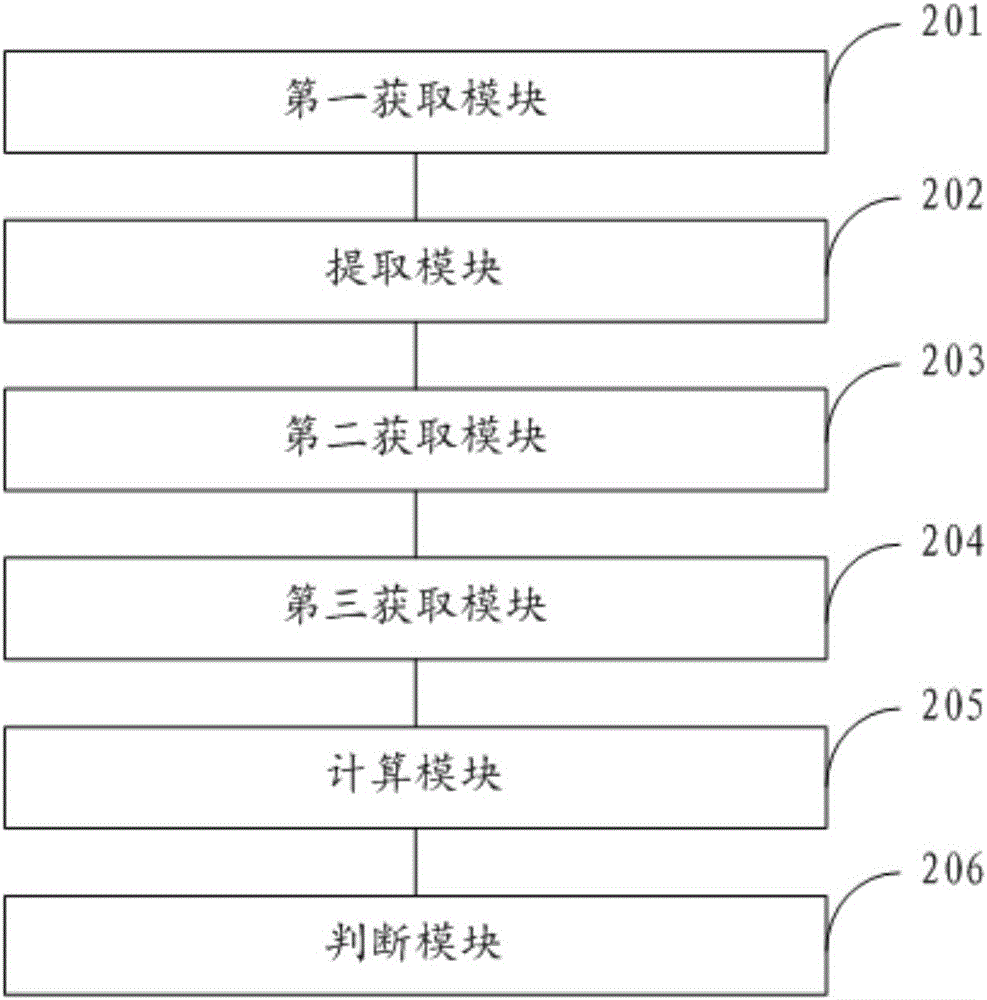Method and device for identifying identity through biological imaging and electronic equipment
An image recognition and identity technology, applied in the field of communication, can solve the problem of low reliability, achieve the effect of improving accuracy and reducing the process of identification
- Summary
- Abstract
- Description
- Claims
- Application Information
AI Technical Summary
Problems solved by technology
Method used
Image
Examples
Embodiment Construction
[0048] Referring to the drawings, wherein like reference numerals represent like components, the principles of the present invention are exemplified when implemented in a suitable computing environment. The following description is based on illustrated specific embodiments of the invention, which should not be construed as limiting other specific embodiments of the invention not described in detail herein.
[0049] In the following description, specific embodiments of the present invention are described with reference to steps and symbols for operations performed by one or more computers, unless otherwise stated. Accordingly, it will be appreciated that the steps and operations, which at times are referred to as being performed by a computer, include manipulation by a computer processing unit of electronic signals representing data in a structured form. This manipulation transforms the data or maintains it at a location in the computer's memory system that can reconfigure or o...
PUM
 Login to View More
Login to View More Abstract
Description
Claims
Application Information
 Login to View More
Login to View More - R&D
- Intellectual Property
- Life Sciences
- Materials
- Tech Scout
- Unparalleled Data Quality
- Higher Quality Content
- 60% Fewer Hallucinations
Browse by: Latest US Patents, China's latest patents, Technical Efficacy Thesaurus, Application Domain, Technology Topic, Popular Technical Reports.
© 2025 PatSnap. All rights reserved.Legal|Privacy policy|Modern Slavery Act Transparency Statement|Sitemap|About US| Contact US: help@patsnap.com


